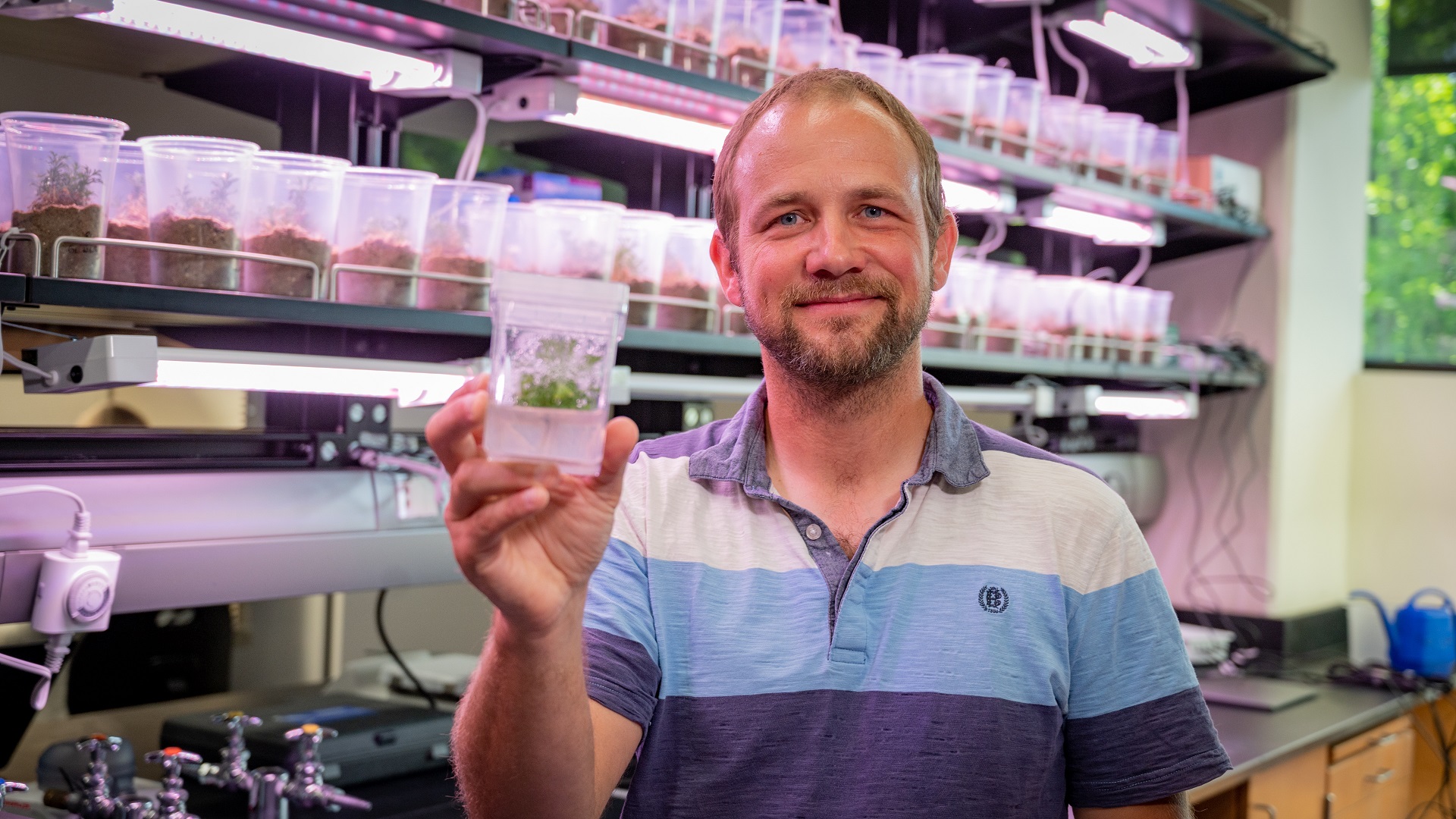
Sagebrush is a keystone species of the sagebrush steppe in the western United States. This research will provide information on how cellular and genetic processes change in plants that are stressed by drought. Ultimately, the research team’s goals are to develop tools and resources, such as the sagebrush genome and lines of genetically identical plants, to facilitate the study of how sagebrush responds to drought and better predict how the species will respond to climate change.
This genome assembly advances studies on plant adaptation to drought and heat stress and provides a valuable tool for future genomic research. Thanks to this reference genome, researchers are now able to produce additional genomes at lower costs therefore ramping up genomic research. In addition, having the ability to include plants of known genomes in our GxE experiments will allow inferring the genetic contribution in responding to climate change across the sagebrush steppes. Such data can then be used to incorporate genetics into models, which may ultimately facilitate the reintroduction of sagebrush in degraded habitats.
Idaho researchers seek to understand how genetic diversity and phenotypic plasticity affect sagebrush’s response to environmental change, specifically drought, shaping both population response and adaptive capacity. Understanding mechanisms underpinning drought adaptation require a genome to phenome approach, which requires a reference genome representing genotypes adapted to particular environmental conditions.
Sequencing and assembling a genome can be a difficult task, especially for relatively large genomes, like that of sagebrush (Artemisia tridentata), which is three times larger than the human genome and exhibits more complexity. To get enough plant material to extract sufficient amounts of DNA for sequencing, researchers used in-vitro propagation to make hundreds of genetically identical plantlets. This method was published in Plants (https://doi.org/10.3390/plants9121717) and it is an invaluable resource, not only to produce the biomass for genome sequencing, but also to conduct genotype-by-environment (G×E) experiments.
